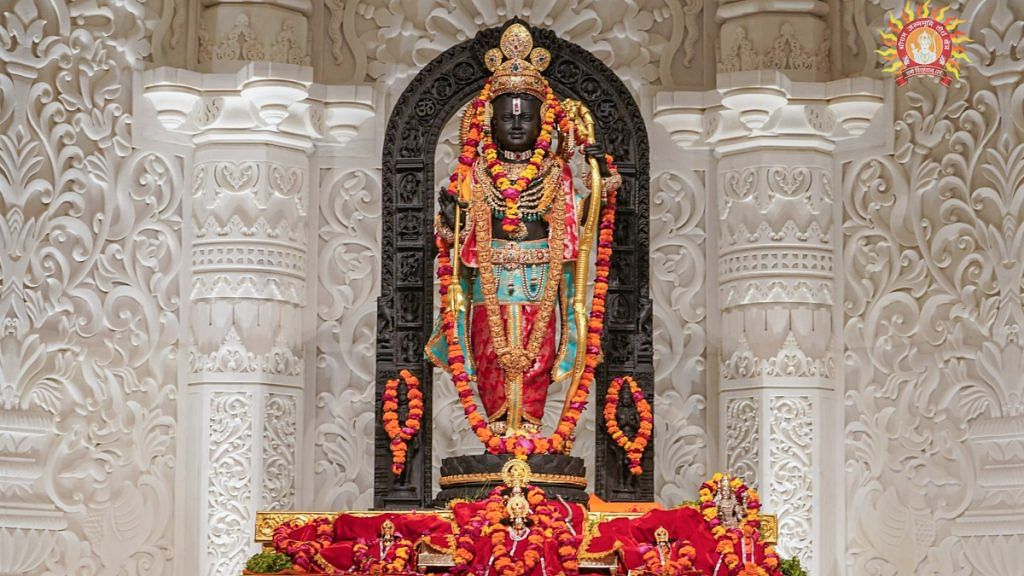We are deeply pained to read a statement released by “300” scientists describing the Surya Tilak at the Ram Temple, Ayodhya as “badly designed”, “resource heavy”, “trivial” and “foolhardy pursuit”, “criminal waste”. Though the statement has an undertone of a political view, we respond here purely on a logical level.
As one of us (SM) maintained in responding to similar criticisms by a section of scientists in the recent past, the apparent failure of the scientific community to rise above narrow viewpoints is deeply concerning. The Surya Tilak project is best thought of as an astronomy outreach to explain scientific principles through an appeal to the imagination of the general public. Media as well as the temple authorities have stressed that this is a technical achievement and in the background are simple explanations of the different calendars involved – Gregorian and lunisolar. This is made possible through simple mechanisms not involving electronics and controls, so as to enhance its outreach potential.
As an outreach program, it appeals to the masses because it is done in a location that is of cultural significance to them. Many religious and cultural sites in the world have executed alignment with the Sun on specific tropical calendar dates and times from the ancient to the modern period, showcasing its cultural significance. Reflecting sunlight on a specific lunisolar calendar date is implemented in the current project.
Also read: Ram temple Surya Tilak was spectacular but the puffery around ‘science behind it’ wasn’t
The fact that the lunar and the solar cycles are in sync with each other with a frequency of 19 years is not well known. Moreover, the engineering behind this to manage the synchrony should fascinate the general public. The engineering is as simple as possible and has avoided electronic controls presumed by the signatories of the letter. The first mirror is positioned to the desired angle by rotating a knob manually by one step for each consecutive year in the Metonic cycle. This would reduce requirements for maintenance in the future.
Increasingly in recent times, outreach programs have gained importance because it is not enough to do research and publish results only for those who understand it, but also to explain to those who are not mainstream scientists. Activities that capture the attention of the general population and explain in simple terms the underlying Science are in our contention good methods of promoting public interest in science and technology.
Science and Engineering must be made relevant not only through offering a better quality of life but also by capturing public attention in areas that they would normally not associate with Science if we are to prepare the public for a better tomorrow.
Shekhar Mande and Tushar Prabhu
Shekhar Mande is the retired Director General of CSIR and is currently affiliated with Savitribai Phule University, Pune.
Tushar Prabhu is a retired Professor, at the Indian Institute of Astrophysics, Bengaluru.
